TELL A REAL PEARL FROM A FAKE PEARL
LEARN HOW TO TELL IF YOUR PEARL IS REAL OR FAKE
This post contains affiliate links. If you use these links to buy something I may earn a commission. Thanks! As an Amazon Associate I also earn from qualifying purchases.
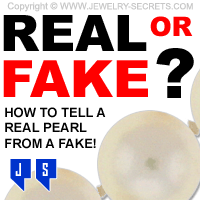
You open your Grandmother’s Jewelry Box and inside is a Beautiful Strand of Pearls.
The Real Question is:
Are the Pearls Real, or are they Fake?
Let’s find out…
Below are 6 Simple (although Not Perfect) Ways to Tell a Fake Pearl from a Real Pearl. Keep in mind there will always be Exceptions and now-a-days they make some really good looking Fakes…
But at least this is a starting point.
1) Are the Pearls Double Knotted?
The way that the Pearls are strung is a big indicator. Generally Genuine Pearls are knotted in between each and every Pearl just to keep them from rubbing against each other and chipping away at the fine Nacre (outer shell of the Pearl).
Imitation Pearls will often have no knots, and are made out of Glass, Plastic or Shell.
If the spacing between the Pearls and Knots is loose (by normal wear and tear over the years), then it’s a sign that the cord is weak (and often discolored), stretched out and it may even break! If the cord and spaces are wide enough where your pearls slide back and forth between the individual knots, then I would greatly advise getting them restrung.
See image below to see a tight Pearl Strand and a worn, loose Pearl Strand Necklace.
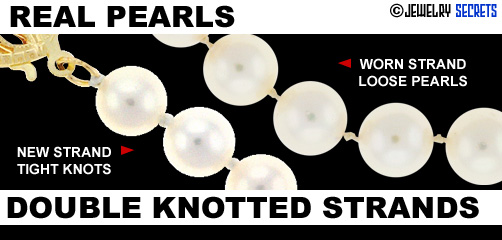
2) Touch the Pearls
Touch the Pearls. How do they feel? Real Pearls will often feel cool to the touch, while Fake Pearls will be more like room temperature.
3) Pearl Color and Luster
Take a good long look at your Pearls. Look at the overall Color and Body Tone. Real Pearls will not be perfect in Color (just like people’s skin is different colors on different body parts). Real Pearls will often vary in Color and Consistency.
Fake Pearls are normally more uniform in Tone no matter how you turn the Pearl in the light.
Pearl Luster
Now look deeper into the Pearl. Look at the Luster coming from within. A good Pearl with a good Nacre thickness (the thicker the Nacre the better the Luster) will emit a great Luster and Shine (unless your Pearls have dried out from non-use – Pearls absorb oils from the body that helps keep the Pearls Shiny and Lustrous – If your Pearl dries out it will probably look Yellowish and Old).
A Fake Pearl will be almost flat-like in appearance with no life or beauty.
It’s the Luster that Pearls are known for. That’s the wonderful beauty that everyone seeks.
4) Look at the Pearl Shape
Rotate the Pearls in your fingers. Are the Pearls perfectly round or are they a little bumpy, uneven or irregular in Symmetry?
Real Pearls are NOT perfect. After all, they are born in the sea.
Grab a 10x Jewelers Loupe and look at the Pearl closely for Bands, Bumps, Ridges, Pits, Flaws and Blemishes.
If you can see signs of natural growth, then chances are the Pearl is Real!
5) Rub the Pearls on your Teeth
The Tooth Test is one of the most common tests used to distinguish Real Pearls from Fakes.
If you put the Pearl up against your upper teeth (uppers because they’re more sensitive), and rub them gently back and forth, you’ll be able to feel the difference.
Real Pearls will feel gritty like sand or sandpaper. Fake Pearls will feel smooth and glassy.
Just know that this test is not the most sanitary test… You never know where those Pearls have been! :)
6) Check the Drill Holes
Grabbing the 10x Jewelers Loupe again will give you some insight if you look close enough at the Drill Holes.
Drill Holes in Real Pearls are often small and sharp (so they preserve the Pearl Weight and Quality).
Look inside the Drill Hole if you can. Real Pearls will have a dividing line that separates the Nacre from the Nucleus center. This line is usually pretty visible and often dark.
A Fake Pearl will generally appear lighter inside with a bigger Drill Hole.
Do note that both Real Pearls and Fake Pearls can chip around the Drill Holes. The Nacre can wear away, crack or flake.
Get your Pearls Checked out!
A Professional Gemologist or Reputable Jeweler will be able to scope the Pearls and determine their origin if you’re unsure, or if you just want to know their value. A full Evaluation and Appraisal may be necessary.
You never know, those Pearls could be junk, or they could be worth some good money.
Getting them insured (if they’re Real and expensive) may also be a good idea.
Because coming across Fine, Quality Pearls is a gift from the Sea (and your Grandma).
Even if it is a little gritty! :)


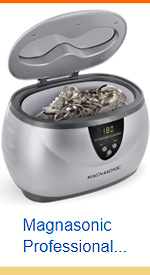

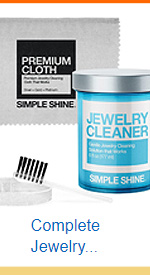
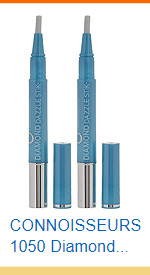
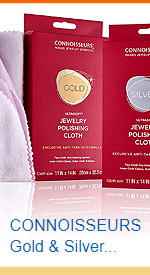
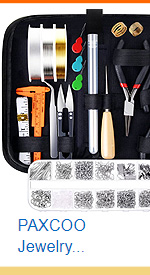
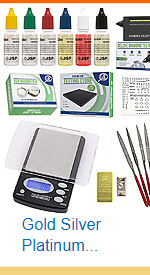
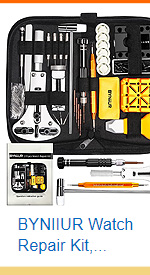
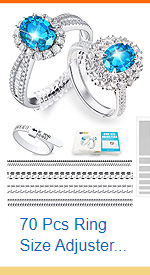
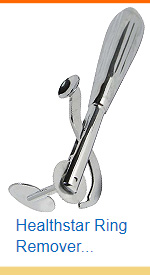
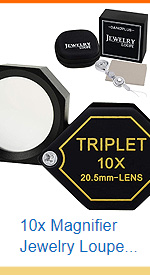
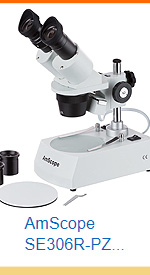
Leave a comment